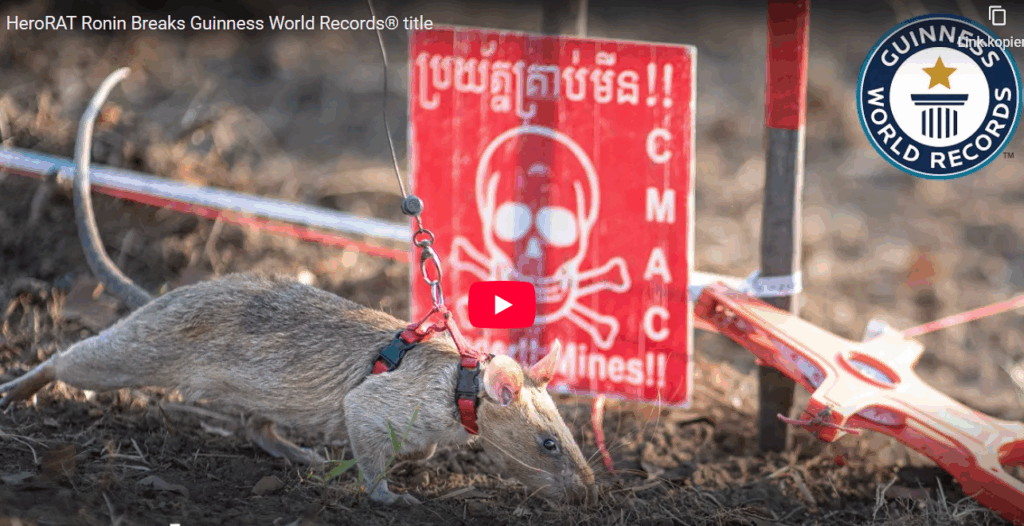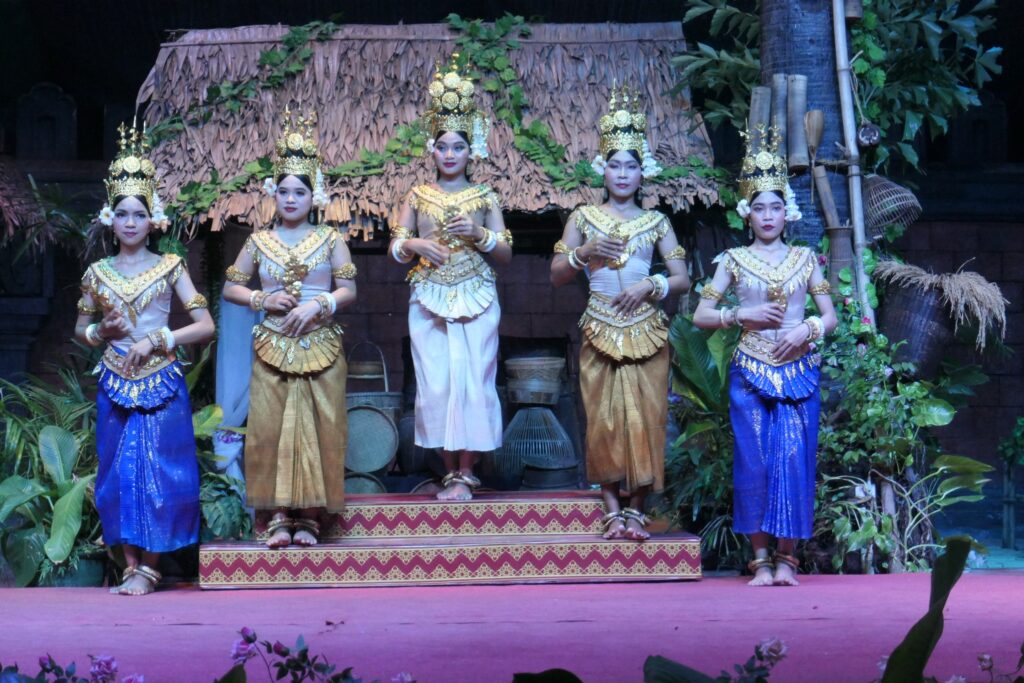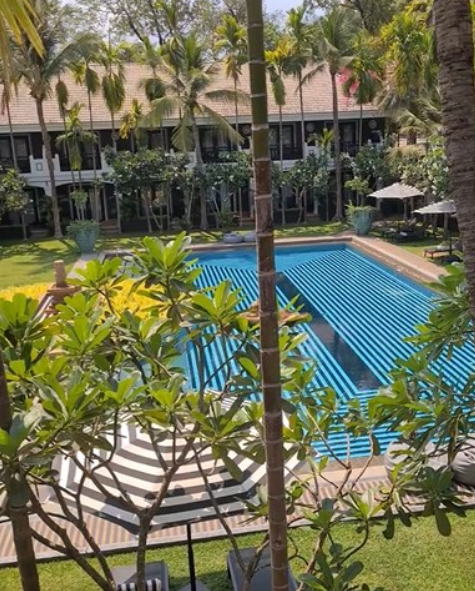Training Rats to Detect Landmines –
a must-visit when in Siem Reap
In Siem Reap, Cambodia, a unique method is employed to detect landmines: training rats. These rodents possess a keen sense of smell, which makes them valuable assets in detecting explosive devices buried underground. Let’s delve into how this extraordinary training process works.
Training Method:
Firstly, baby rats, called pups, are selected for training. These rats are introduced to the smell of TNT, the explosive found in landmines. They learn to associate this scent with rewards, such as food or praise. This forms the basis of their training.
Practical Training:
As the rats grow, they undergo practical field training. They are taken to areas suspected of containing landmines. Guided by their trainers, the rats sniff around the ground. When they detect the scent of TNT, they signal by scratching the earth’s surface.
Positive Reinforcement:
Each time a rat successfully identifies a landmine, they receive a reward. This reinforces their behavior and encourages them to continue searching diligently. Trainers closely monitor the rats‘ progress, providing support and guidance throughout the process.
Conclusion:
In conclusion, training rats to detect landmines in Siem Reap involves conditioning them to recognize the scent of TNT and rewarding them for signaling its presence. This innovative approach offers a cost-effective and efficient solution to the ongoing challenge of landmine detection, ultimately saving lives and making communities safer.“
############
############

**Interview with an APOPO Expert**
**1. What is APOPO and what do you do there?**
APOPO is a group that trains rats to help find landmines and detect diseases. I’m an expert there, helping to train and care for these special rats.
**2. How do rats help find landmines?**
Rats have a great sense of smell. We train them to sniff out the explosives in landmines. When they find one, they scratch at the ground to let us know.
**3. Why use rats instead of other animals or machines?**
Rats are small and light, so they don’t trigger the landmines. Plus, they’re really good at learning and can cover a lot of ground quickly.
**4. How do you train these rats to detect landmines?**
We start by teaching them to recognize the smell of explosives using a reward system. When they find the scent, they get a tasty treat. It’s like a game for them.
**5. Is it safe for the rats to be around landmines?**
Yes, it’s safe for them because they’re too light to set off the landmines. They’re trained to stay on a leash or in a safe area while they work.
**6. How accurate are the rats at detecting landmines?**
The rats are very accurate. They have a success rate of over 95%, which is much better than other methods like metal detectors.
**7. What happens after a rat detects a landmine?**
When a rat finds a landmine, we mark the area and then have experts safely remove or detonate the landmine.
**8. Apart from landmines, what other tasks can these rats perform?**
These rats are also trained to detect diseases like tuberculosis by sniffing samples of human saliva. They’re helping to save lives in different ways.
**9. How do you take care of these rats?**
We make sure they have plenty of food, water, and a clean place to live. They also get regular check-ups to make sure they’re healthy.
**10. What impact has APOPO had on landmine clearance and disease detection?**
APOPO has made a big difference. We’ve helped clear thousands of landmines, making land safer for people to use. And with disease detection, we’re helping to catch illnesses early so people can get treatment sooner.“



